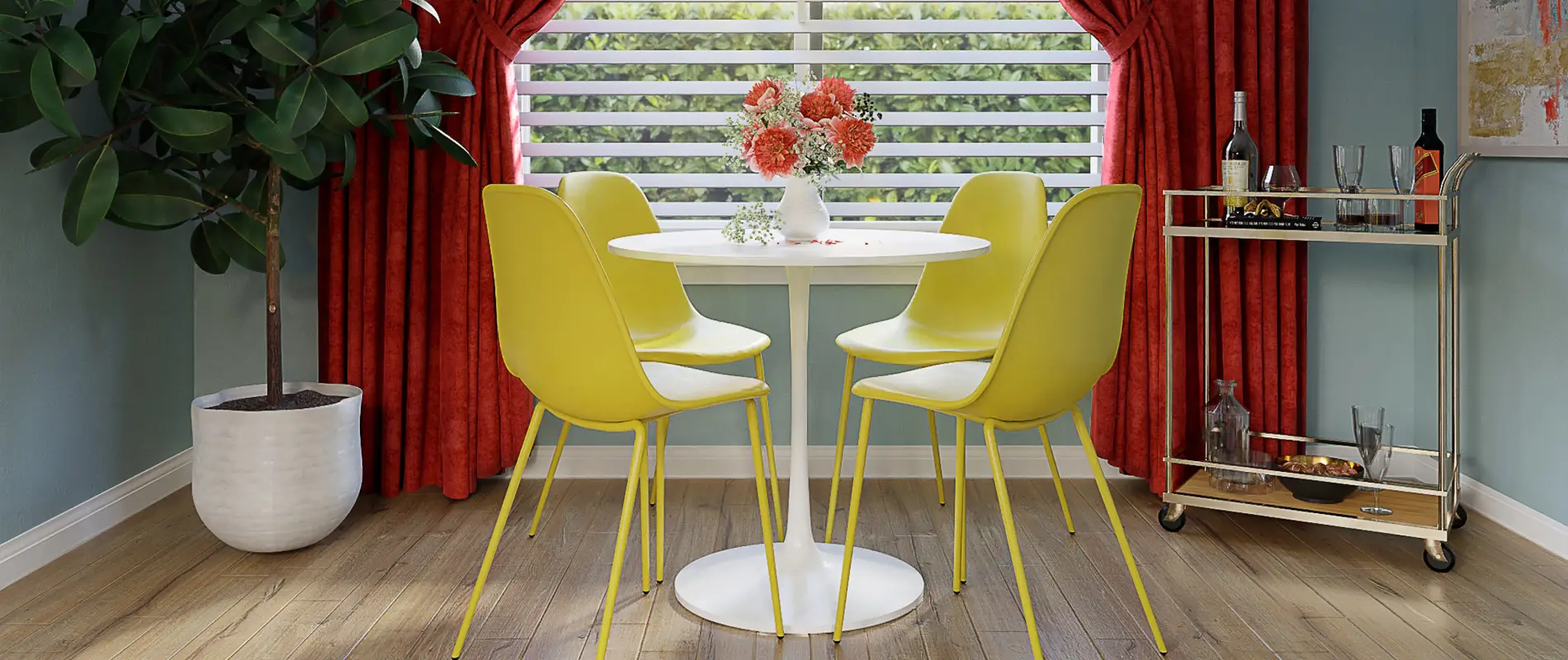

WordPress themes: Navigation Menu Light NML-PRO-18
Build WordPress sites with MaxiBlocks. All features free forever. No locked functionality. Optional Cloud Library saves you 10+ hours per project. Start free

Elevate your WordPress site with our navigation menu block pattern design
Imagine creating a modern, sleek navigation menu that not only upgrades your visitor’s experience but also mirrors your brand’s style. Our new WordPress navigation menus block pattern is perfect for users who want a visually stunning and user-friendly interface.
Original design overview
This navigation menu offers a single-row layout that beautifully blends functionality with style. The logo, prominently placed on the left, sets the tone while the navigation links neatly guide users from left to right. You’ll find essential links like “Home,” “Features,” and “Blog” readily accessible.
Key features and elements
- Clear Structure:
- Single Row Design: Offers a clean, horizontal bar to keep menus tidy and straightforward.
- Asymmetrical Balance: The standout logo adds flair against the neatly spaced menu links.
- Interactive Components:
- Engaging Navigation Links: Each link, with handy icons, tempts visitors to explore your site.
- Social Media Icons: Placed at the end to boost sharing and interaction.
- Readability and Aesthetics:
- Modern Typography: A sleek, sans-serif font provides clarity and a modern touch.
- Defined Visual Elements: Contact details are easy to find, enhancing user interaction.
- Unique Design Distinctions:
- Contrasting Features: A standout bright bar for contact options captures attention.
- Hover Effects: Enjoy seamless transitions, aligning with best practice standards.
- Responsive Layout: Adapts to any screen, featuring a mobile-friendly hamburger menu.
- User-Centric Design:
- Focus on Usability: Easy access to contact details and a search function improves accessibility.
- Minimalistic Style: Clean design prioritising functionality for easy navigation.
Why choose this navigation menu?
This navigation menu block pattern enhances your WordPress website design, offering an intuitive layout alongside a responsive design. Combining a perfect blend of aesthetics with usability, it’s an ideal choice for elevating your site’s navigation.
Get started today!
Transform your WordPress website with our navigation menu block pattern and give your users an enjoyable browsing experience. By focusing on clarity, style, and functionality, your site will rise above the competition. Don’t delay-elevate your design now!
Ten uses for WordPress navigation menus
1. Main site navigation
Ensure your visitors can easily find important pages on your site, like the “Home,” “About,” and “Contact” sections. A clearly structured main site navigation improves user experience by providing easy access to core content and features. This not only keeps visitors engaged but also encourages them to explore further, boosting their chances of converting. A slick and intuitive main navigation bar can be easily created with the help of WordPress navigation menus.
2. Footer menus
Footer menus serve as a handy guide for readers who scroll down. They can include links to privacy policy, terms of service, or contact details. Located at the bottom of the page, these menus reinforce important site links and ensure consistent navigability across the entire site. This also caters to secondary navigation needs without overwhelming the main content. Implementing effective footer menus can be achieved with customised submenus.
3. Product categories menu
For ecommerce sites, creating a separate menu for product categories allows users to browse items with ease. By dividing products into categories, users can navigate through options swiftly, increasing satisfaction and sales potential. This menu aids in neatly displaying a wide range of products and subcategories, making the shopping experience seamless. By utilising free WordPress themes, you can integrate product-specific menus effortlessly.
4. Blog categories menu
Help your readers discover blogs on topics they’re interested in with a dedicated blog categories menu. Organising blogs under specific categories helps users find relevant content easily, encouraging greater engagement and time spent on your site. Whether it’s technology, lifestyle, or travel, a categories menu ensures readers can delve deeper into topics of interest. Leverage Gutenberg blocks for dynamic blog category menus.
5. Mega menus for complex sites
For content-heavy websites, a mega menu offers an expansive and informative breakdown of links. This menu type can accommodate numerous options, displaying multiple layers of navigation within a single dropdown. It’s ideal for sites like magazines or large businesses with numerous departments and services. Use WordPress templates to craft sophisticated mega menus with ease.
6. Sidebar menus
Sidebar menus are great for on-page navigation, especially on blogs or resource-rich sites. These menus help users move within sections of a page without losing focus. Fitting neatly into the side of any layout, they provide quick access to related content or supplementary information. Their adaptive nature makes them perfect for sites with layered content. Craft effective sidebar menus using WordPress menu settings.
7. Secondary navigation menus
Secondary navigation menus add another layer of direction on your site, ideal for links less frequently accessed but still important. They complement the primary menu by accommodating additional features like a user account or language selection. This enhances the usability of your site by managing less prominent yet essential items. Explore various options through WordPress website builders.
8. Mobile navigation menus
Stay mobile-friendly with menus tailored for smartphones and tablets. Mobile navigation menus ensure users on any device can effortlessly explore your site. Typically presented as hamburger menus, they are compact yet complete, presenting content in an organised manner. With mobile internet use rising, having responsive, easily navigable mobile websites is crucial. Enhance mobile experience through open source website builders.
9. Language selector menus
For multinational websites, language selector menus provide a seamless way for users to switch languages. This shows that your website is accessible to a global audience, enhancing usability for non-native speakers. Language menus demonstrate inclusivity, encouraging diverse visitor engagement and making your brand approachable worldwide. Integrate language selector menus with help from Elementor alternatives.
10. User account menus
User account menus bolster personalisation, catering to members by offering quick access to account settings, orders, or saved content. These menus are crucial for ecommerce sites, membership platforms, or any web service with sign-in options. They centralize user-specific content access, enhancing site navigation and providing personalised experiences. Build seamless account menus using the WordPress icon library.
Ten types of WordPress navigation menus
1. Horizontal navigation menus
Horizontal navigation menus offer a familiar look, displaying key site links in a line across the top of the page. This is often the first place users look to find important pages, making it a fixture in many web designs. Horizontal menus are ideal for sites with a limited number of high-priority pages, offering immediate access without overwhelming the user. They ensure all links are visible at a glance, enhancing usability and navigation. Design elegant horizontal menus with WordPress website design.
2. Vertical navigation menus
Vertical navigation menus, often running along the side, allow for a stacked presentation. This style is ideal for sites with diverse content or subcategories, as they offer more space for comprehensive navigation. Vertical menus enable a user-friendly experience while permitting design flexibility, especially for sites wanting to prioritise different content sections. They are perfect for news websites or e-commerce sites that require a deeper structural hierarchy. Implement vertical menus efficiently with drag and drop website builder open source.
3. Sticky menus
Sticky menus remain visible as users scroll down the page, providing continual ease of navigation. This type ensures accessibility to key pages without needing to scroll back to the top, especially beneficial for lengthy pages. Sticky menus enhance the user experience by maintaining navigation visibility, thus encouraging deeper site exploration. They’re most effective for long-form content sites, keeping essential links at users’ fingertips. Boost site accessibility with expertly designed best website builder software.
4. Collapsible menus
Collapsible menus tuck away content until revealed by user interaction, offering a clean appearance. Ideal for minimalist web designs, they save screen space and reduce visual distractions by only displaying navigational elements when needed. This type is commonly used in mobile responsive designs or any interactive layout to optimize user engagement with minimal clutter. Create streamlined, user-friendly collapsible menus using aspects from WordPress block patterns.
5. Hamburger menus
Hamburger menus, consisting of three horizontal lines, are compact, concealing full menu information behind a clickable icon. They’re perfect for mobile designs where screen space is at a premium. The easy-to-understand icon hints at additional menu items, allowing a clean and streamlined look while managing navigational needs. These menus foster efficiency for smaller screens without sacrificing content access. Create responsive hamburger menus via WordPress site design techniques.
6. Dropdown menus
Dropdown menus expand subcategories when hovering or clicking on a parent page link, keeping primary navigation simple yet expansive. They allow for a minimalist top-bar structure while ensuring detailed navigation. Dropdowns are suitable for complex sites needing layered navigation without overcrowding the primary menu. They maintain the sleekness of design while enriching functionality, essential for ecommerce or comprehensive informational sites. For effective dropdown menu implementation, refer to best practices for using dropdown menus.
7. Mega menus
Mega menus unfold to show expansive link options in columns, used for sites with extensive content like major retailers or media outlets. They help categorize vast amounts of information under one accessible menu, ideal for large-scale navigation systems. Mega menus can save space while presenting abundant navigation details efficiently. They cater to detailed navigation needs without overwhelming site design, facilitating smooth user experiences. Learn to create intricate mega menus by exploring WordPress block templates.
8. Tabbed menus
Tabbed menus mirror file cabinet tabs, allowing users to trigger the display of different content sections or pages. They work well for organizing content that needs to stay easily accessible or grouped, maintaining a tidy view without scrolling or losing focus. Especially beneficial in settings with recurring categories or content sections, tabbed menus streamline the access experience for organized and intuitive browsing. For efficient usage, integrate tabbed menus with WordPress block themes.
9. Icon-based navigation
Icon-based navigation uses symbols instead of text links, providing a visually appealing navigation style. This type enhances user engagement through recognisable icons, offering clear visual cues that are quickly understood across various languages and demographics. Ideal for sites with repeating actions or functions (like social media links), they deliver aesthetic elegance combined with practical navigation utility. Discover impactful designs using the WordPress icon library.
10. Nested menus
Nested menus feature multiple levels of navigation, allowing sub-pages to nest within broader categories, providing depth while maintaining organization. They are perfect for comprehensive sites with hierarchical content structure, delivering a tiered access to information. While complex, they ensure all content remains logically structured, facilitating user journey through intricate topics or section groups. Implement nested menus with website builder WordPress features.
Conclusion
Innovative menus elevate site design and satisfy user experiences through seamless navigation. By integrating the right type of menu to your needs from WordPress navigation menus, you enhance site functionality and user engagement. With numerous options available, these carefully crafted menus ensure that your content stands out, driven by user-friendly design and efficient navigation techniques.


